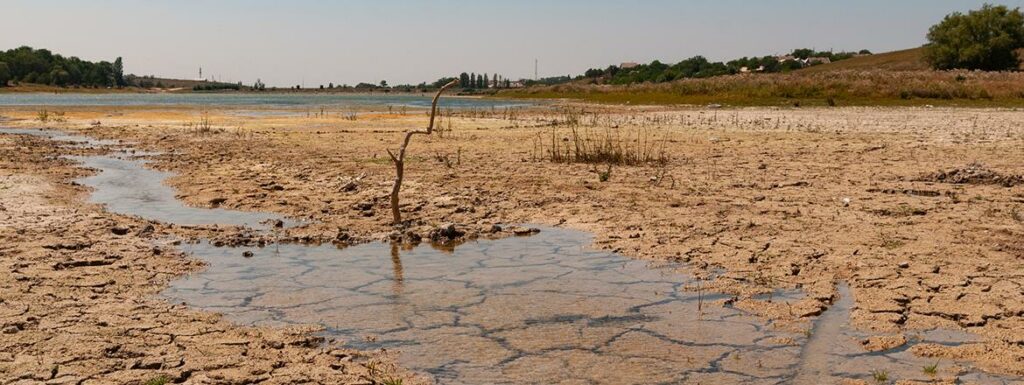We’ve had a lot to say about droughts here at CDN, partly because of all the scary pictures people like to show about global warming, a parched, cracked landscape is surely the most evocative. We should know, we use those pictures ourselves on occasion. And we’ve noted that when droughts appear, people instinctively connect them to climate change even if they have no clear reason to do so, almost as if the “extreme weather” mantra has convinced them dry conditions are an unprecedented novelty. But occasionally a glimmer of science appears through the desert haze and offers a bit of perspective. Such as a new study of historical drought patterns in India, a country which recently had a very long (41 month) spell of drought. Yes, the authors note, it was the longest drought since the 1870s (when records begin). But it was not very intense compared to the 17 others in the last 150 years. And crucially, it didn’t make the list of five deadly droughts.
The study finds there have been 18 droughts in India since 1870, of which 5 were, according to the author’s tabulations, intense enough to be deadly. These ones occurred in 1899, 1876, 2000, 1918, and 1965. Yes, you read it right. All but one happened more than 50 years ago. Moreover, the author compared the drought dates to sea-surface temperature records and found that they were strongly associated with the El Nino cycle, aka they were caused by natural variability.
What’s remarkable, and refreshing, is that the paper makes almost no mention of climate change or global warming. There’s a brief nod to the possibility that droughts may get worse in the future due to climate change. But other than that the paper gives no reason to believe such a trend is happening. If anything it hints the opposite, because the worst droughts all happened a long time ago.


